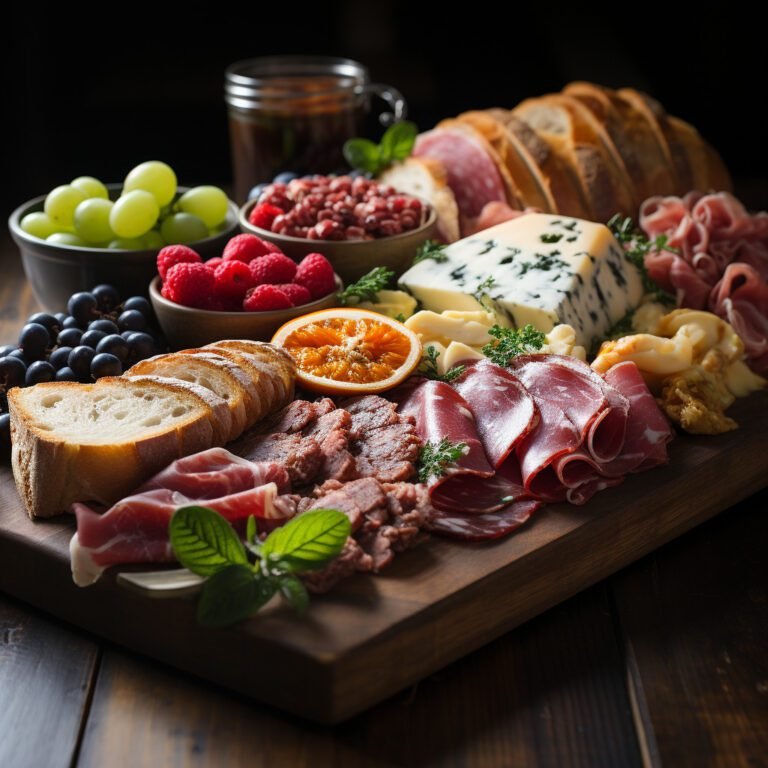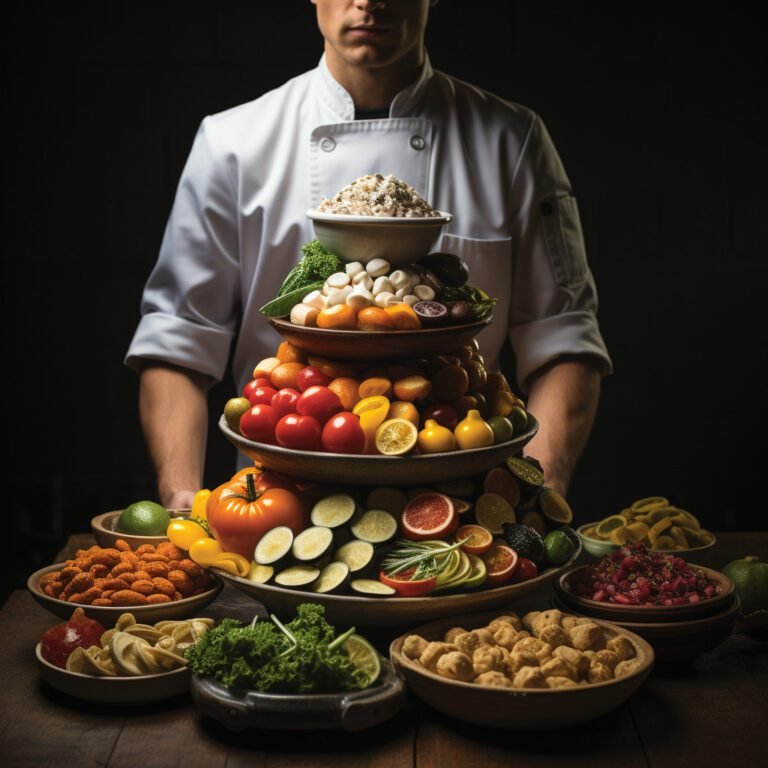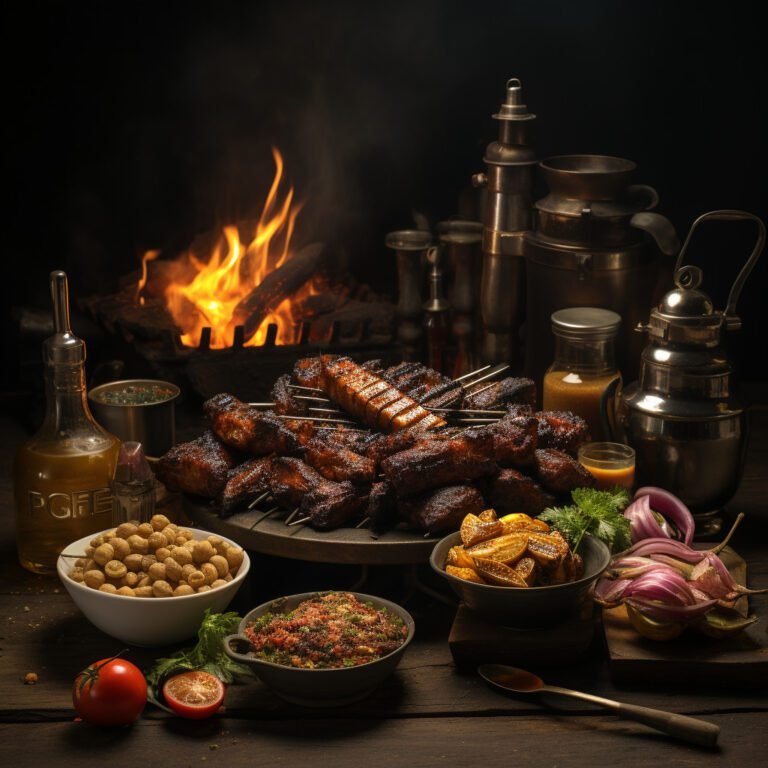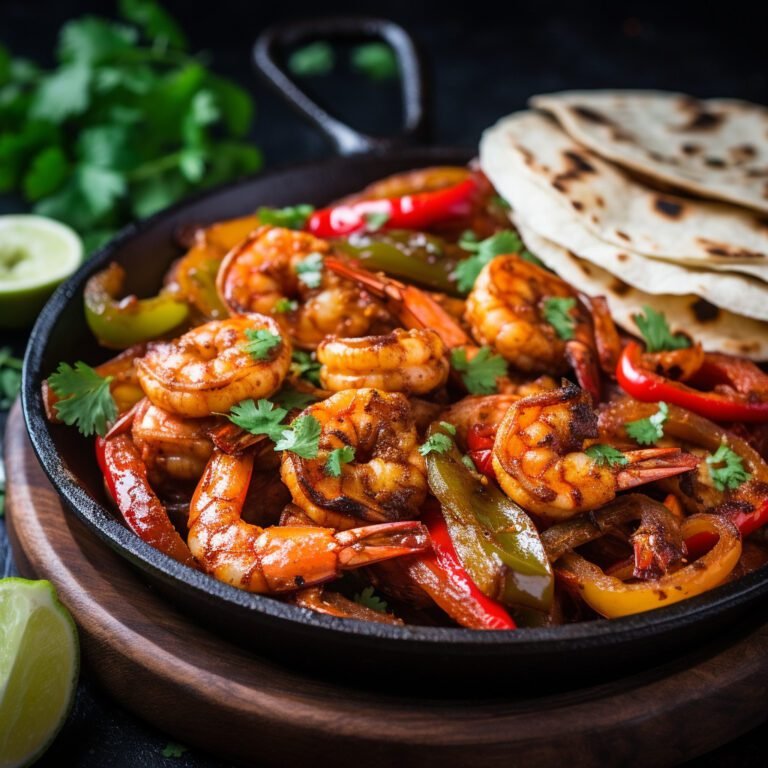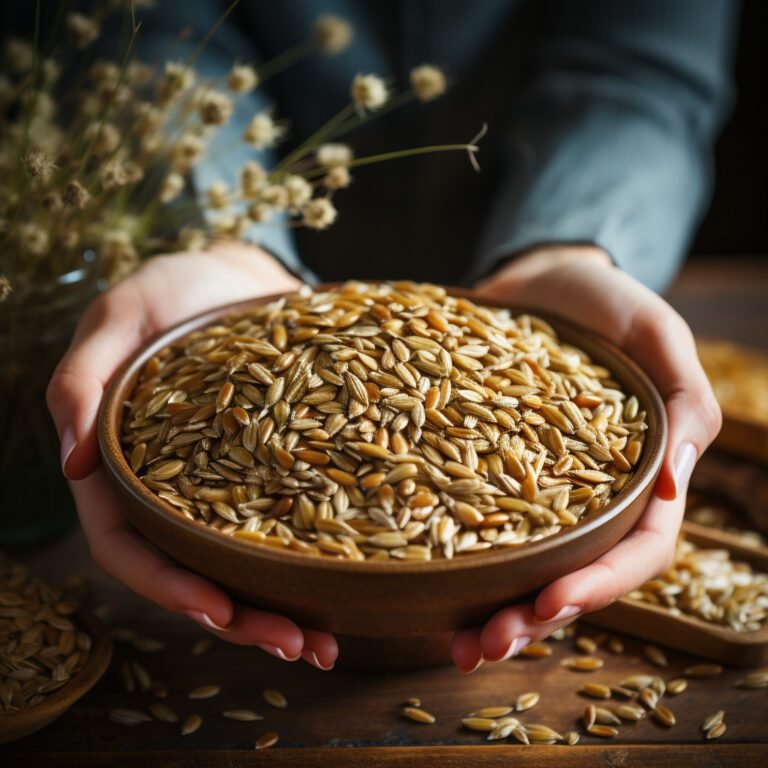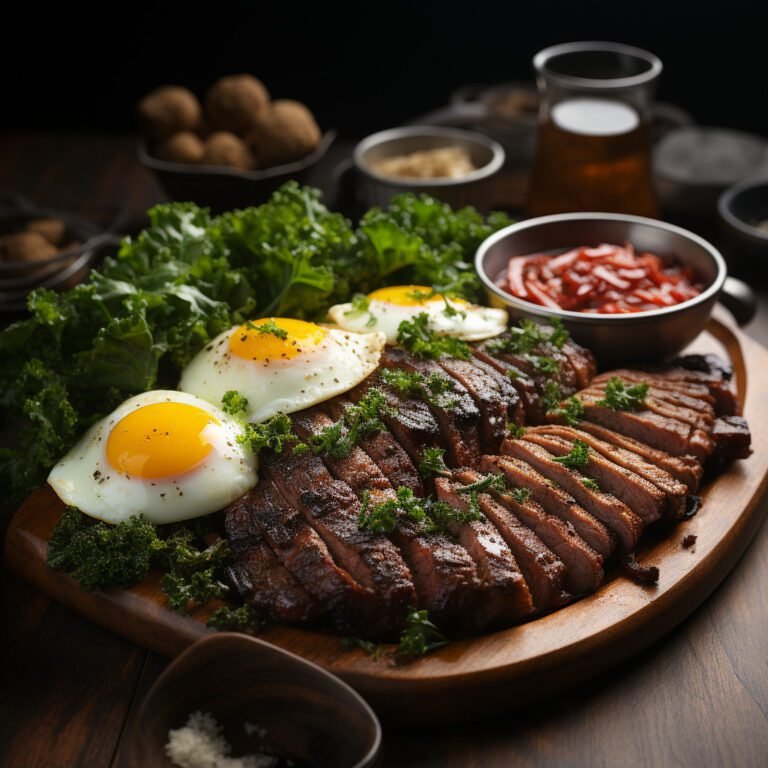Molecular Gastronomy Unleashed: A Look into Cutting-Edge Culinary Techniques
Introduction
In the world of gastronomy, innovation and creativity have always played a crucial role in pushing the boundaries of culinary experiences. One such revolution that has taken the culinary world by storm is the advent of molecular gastronomy. This cutting-edge culinary technique combines science, art, and imagination to transform traditional dishes into extraordinary works of culinary art. Join us as we delve into the fascinating world of molecular gastronomy, exploring its techniques, applications, and the awe-inspiring effects it has on the dining experience.
The Science Behind Molecular Gastronomy
Molecular gastronomy is a scientific approach to cooking that involves the study of chemical and physical processes that occur during food preparation and consumption. By understanding the behavior of ingredients on a molecular level, chefs can create dishes with unique textures, flavors, and presentations. This scientific understanding allows for the manipulation of ingredients and techniques to achieve remarkable culinary outcomes, revolutionizing traditional cooking methods.
Techniques Driving Molecular Gastronomy
Molecular gastronomy employs various techniques that transform ingredients and elevate the dining experience to new heights. Let’s explore some of the most fascinating techniques used by molecular gastronomy experts:
1. Spherification
Spherification is a technique that turns liquids into gelatinous spheres using sodium alginate and calcium chloride. By carefully manipulating the concentration and viscosity of these substances, chefs can create small, delicate spheres that burst with flavor when bitten into. This technique has revolutionized the presentation of traditional dishes, allowing for visually stunning and flavor-packed creations.
2. Foams and Emulsions
Foams and emulsions are created by introducing air into liquids or by combining two immiscible substances. With the use of specialized equipment, chefs can create light and airy foams or emulsions with unique textures and flavors. These ethereal creations add an element of surprise and delight to dishes, enhancing both visual appeal and taste.
3. Sous Vide
Sous vide, meaning “under vacuum” in French, is a cooking technique that involves vacuum-sealing ingredients in airtight bags and cooking them at precise temperatures in a water bath. This method allows for consistent heat distribution and precise control over cooking times, resulting in perfectly cooked ingredients with enhanced flavors and textures. Sous vide has gained popularity for its ability to achieve unparalleled tenderness and juiciness in meats and vegetables.
4. Deconstruction
Deconstruction is a technique that involves breaking down a traditional dish into its individual components and reimagining them in creative and unexpected ways. By separating the flavors, textures, and presentation elements of a dish, molecular gastronomy chefs can reconstruct it in unique and visually stunning arrangements. This technique challenges diners’ perceptions and creates a sense of excitement and intrigue around familiar flavors.
Molecular Gastronomy in Modern Cuisine
Molecular gastronomy has made a significant impact on modern cuisine, inspiring chefs around the world to push the boundaries of culinary creativity. Its techniques and principles have found applications in both high-end restaurants and home kitchens, allowing for the exploration of new flavors, textures, and presentations. The integration of science and culinary arts has opened up a world of possibilities, transforming dining experiences into multisensory adventures.
The Future of Molecular Gastronomy
As the field of molecular gastronomy continues to evolve, we can expect even more astonishing culinary innovations in the future. Chefs and scientists are collaborating to discover new techniques, ingredients, and equipment that will further revolutionize the way we experience food. With a focus on sustainability, nutrition, and personalized dining experiences, the future of molecular gastronomy holds exciting prospects for both chefs and food enthusiasts alike.
Conclusion
Molecular gastronomy has unleashed a new era of culinary exploration, where science and art merge to create awe-inspiring dishes. Through techniques like spherification, foams, sous vide, and deconstruction, chefs are challenging traditional cooking methods and reimagining dining experiences. As this field continues to advance, the possibilities for culinary innovation become endless. So, embrace the wonders of molecular gastronomy and embark on a gastronomic journey like no other.
